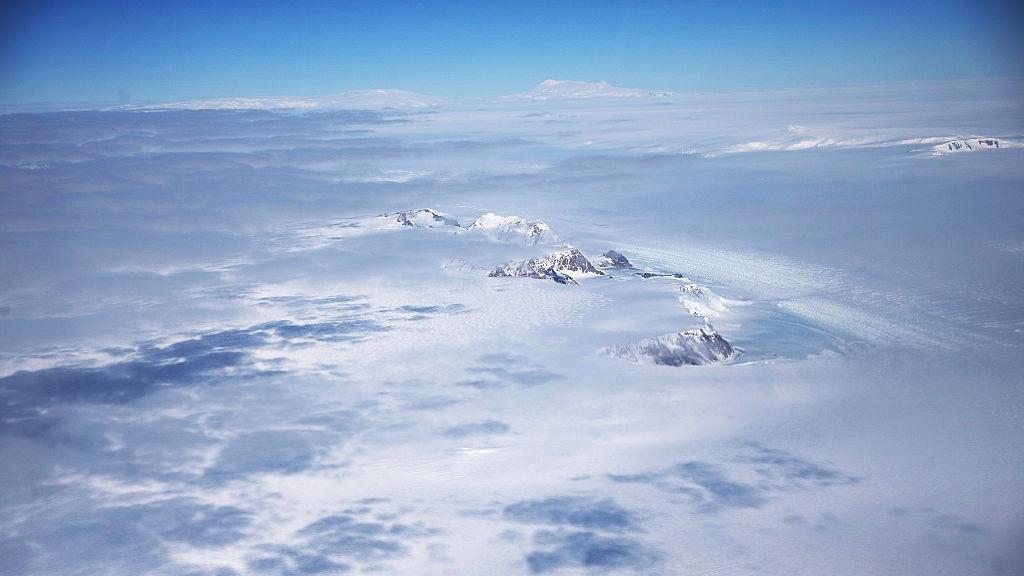Scientists drilled down into a lake that exists beneath almost 1,100 meters (approximately 3,600 feet) of ice on Antarctica, a lake two times the size of Manhattan, at 160 square kilometers (39, 537 acres), and 10 to 15 meters (33 to 49 feet) deep.
The science team, known as the Subglacial Antarctic Lakes Scientific Access, or SALSA, reached the lake by drilling through the ice on Dec. 26 at 10:30 p.m., after beginning the drilling on Dec. 23. The team then smoothed and widened the hole in order to send down instruments, according to a blog post from SALSA.





